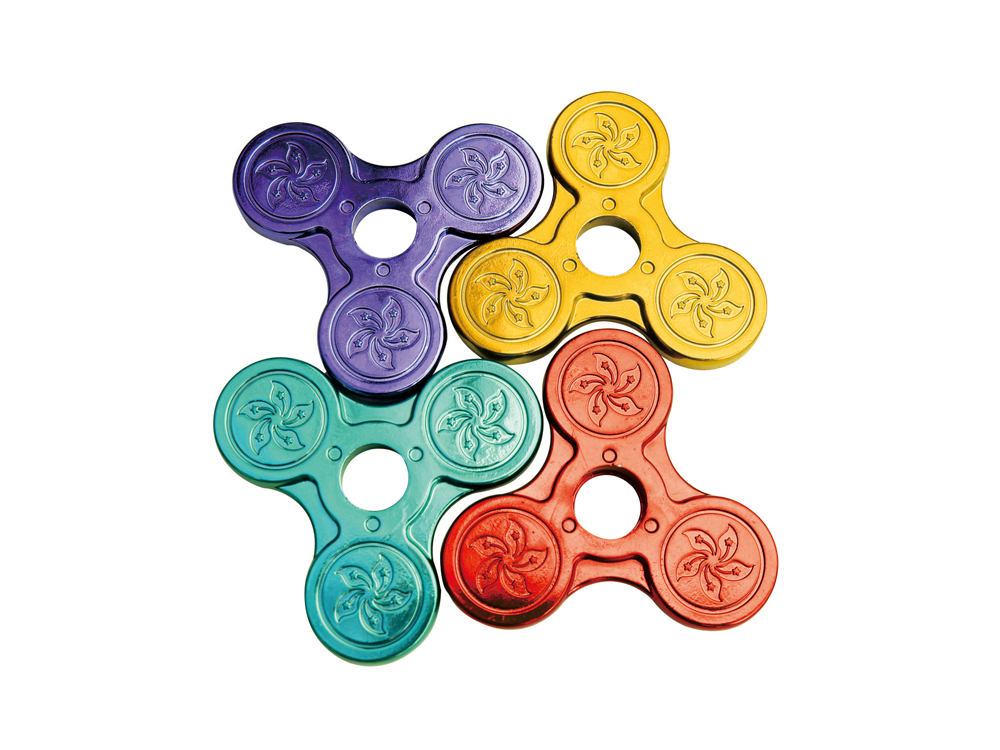What are the main components of electrophoretic paint?
What are the main components of electrophoretic paint?
The Main Components of Electrophoretic Paint: Building the Foundation of High-Quality Coatings
Electrophoretic paint, a widely used coating in the industrial sector, enjoys popularity across various industries due to its excellent performance. The unique coating effect and durable protective properties are mainly attributed to the synergistic effect of its main components. This article will provide a detailed overview of the main components of electrophoretic paint, shedding light on this important coating system.
Resin: The Key to Coating Formation
Resin is the core component of electrophoretic paint, playing a crucial role in the formation and performance of the coating. Common resins used include epoxy resins, polyester resins, among others, which possess excellent adhesion and corrosion resistance, providing robust protection for substrates. During electrophoretic coating processes, the resin combines with other components, forming a uniform and dense coating under the action of electrodes.

Additives: Adjusting and Optimizing Performance
Additives play an integral role in electrophoretic paint, fine-tuning the performance characteristics to meet specific application needs. Common additives include pigments, fillers, flow modifiers, defoamers, among others. These additives improve the appearance of coatings, enhance their hardness and wear resistance, while also reducing production costs. Through the judicious selection and use of additives, further improvements in electrophoretic paint performance can be achieved.
Solvents: Solubilizing and Tuning Viscosity
Solvents are essential components of electrophoretic paint, primarily used to solubilize and dilute the resin, adjusting the viscosity of the coating. Different solvents significantly impact solubility, volatility, and surface tension of the coating. Selecting the appropriate solvent is crucial to ensuring good flow and coverage during the coating process, based on the characteristics and application requirements of the coating.
Pigments and Fillers: Giving Coatings Color and Texture
Pigments and fillers contribute to the color and texture of electrophoretic paint, enhancing its visual appearance. They increase the hiding power of coatings, providing a more opaque finish. Pigments and fillers with different colors and particle sizes can be chosen to achieve desired decorative effects and protective functions. The judicious combination of pigments and fillers can further enhance the performance characteristics of coatings, meeting diverse requirements.
Neutralizers: Regulating PH Value and Stability
Neutralizers play a crucial role in electrophoretic paint by adjusting PH value and stabilizing the system. By reacting with acids or bases, neutralizers control the PH value of the coating within an optimal range, ensuring smooth progress of the coating process. Additionally, neutralizers enhance the stability of coatings, preventing precipitation and stratification phenomena. Selecting suitable neutralizers is essential for maintaining the quality and stability of electrophoretic paint.
In summary, the main components of electrophoretic paint include resin, additives, solvents, pigments and fillers, as well as neutralizers. These components work synergistically to build the comprehensive performance characteristics of electrophoretic paint. Understanding these components and their roleshelpful better application of electrophoretic paint, giving play to its advantages in the field of industrial coating. With ongoing technological advancements, the composition of electrophoretic paint is continuously
optimized and refined to meet increasingly stringent application requirements. In the future, as new materials are developed and coating processes are upgraded, the performance of electrophoretic paint will be further enhanced, bringing more possibilities to industrial production and decorative applications.





 WeChat
WeChat